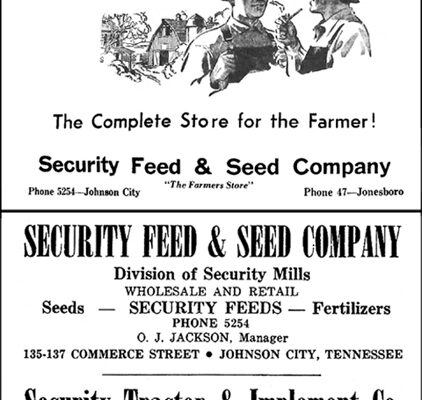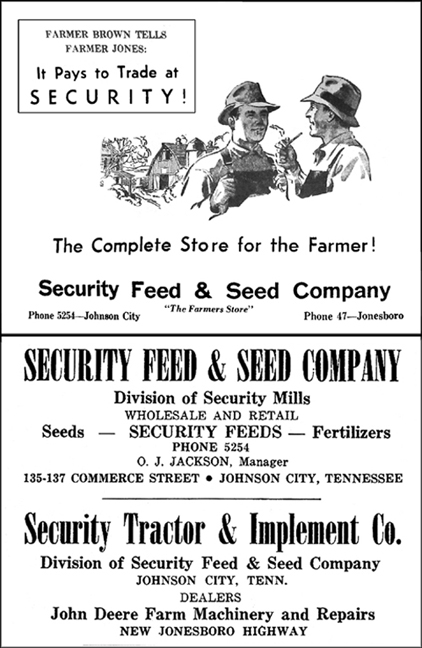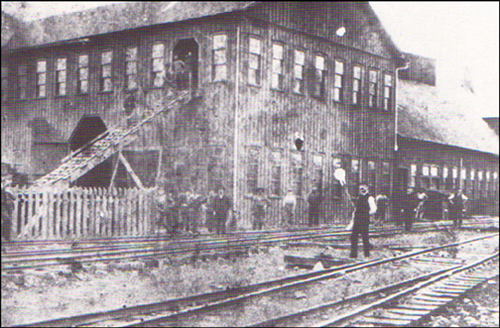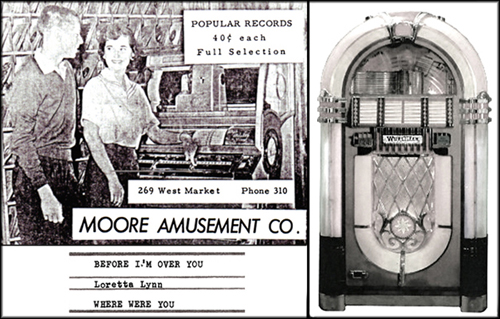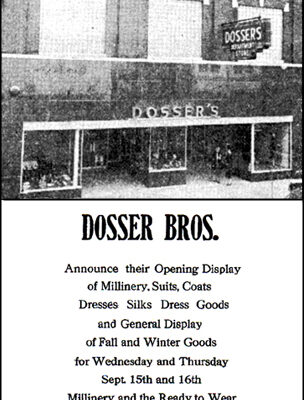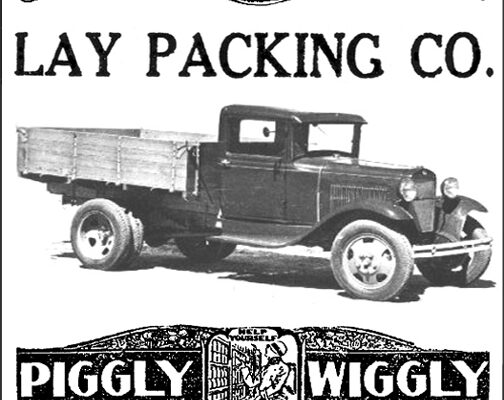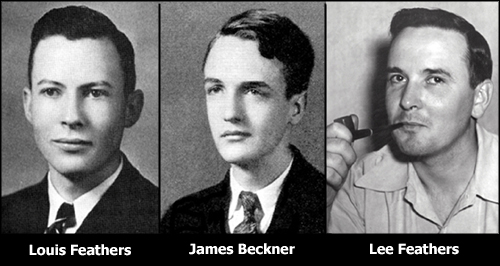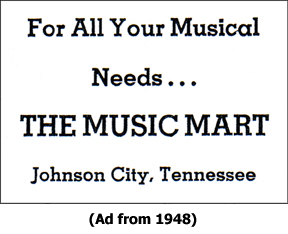The late Sue Eckstein once shared with me an undated newspaper clipping from a scrapbook that belonged to her father, Paul Carr. It documents several unrelated stories of early Johnson City, written by former Johnson City Press-Chronicle writer, Fred Hoss.
During the economic boom of the early 1890s, everything was going “Carnegie.” Old cow pastures were subdivided into lots that sold for as high as $1,500 and $2,000 each. The Three-Cs railroad had commenced its line through this section. It was being built through Cash Hollow with a depot in Carnegie. The road was graded to about Unaka Springs when a depression hit causing the railroad to come to a screeching halt. It was abandoned before it got started.

Almost overnight, the Carnegie Hotel, store buildings, tennis court, new houses and other developments were abandoned, becoming burrows for rodents. Some of them burned while others decayed and collapsed. The large block of railroad bonds owed by the city were relieved of the debt by the courts.
Later, lots in Carnegie sold for prices ranging from 15 cents to 10 dollars. City records show that one fellow in the western part of the country, who owned a lot that had been assessed at $5.00, regularly mailed in his tax check each year that ranged from 10 to 12 cents.
On other subjects, the late Henry H. Carr was described as a “master of argument” in court. His delivery was what his opponents deemed dangerously convincing. He stood while speaking with his eyes closed and without making a gesture. His demeanor gave people lockjaw to the extent that they could not respond to him.
Charlie Cargille, whose father started a photograph gallery in town, brought in the first big-wheeled bicycles. Skillful riders pedaled them to work and on trips about town. They became the envy of youngsters until Charlie Estes introduced the first “safety” bicycle. Not to be outdone, Cargille purchased a high-wheeled rubber tread buggy and a horse to pull it.
Hoss mentioned a large house owned by local lawyer Robert Burrow that sat on the hill behind Science Hill High School at N. Roan. The judge was still in law practice at the age of 90. He became a partner of Isaac Harr. Burrow would write a beautiful “copper-plate” by hand (a style of calligraphic writing) because Mr. Harr couldn’t read his own handwriting. Together, they produced winning documents.
Dr. Eb S. Miller, a leading doctor in Johnson City for many years, maintained records of births and deaths that became invaluable for folks needing to prove their age for governmental purposes. One old-timer humorously remarked that records in the doctor’s account books revealed that many people were born on credit.
The Bee Hive, a leading downtown department store, used the first moving window display in the city. A turntable made of wood operated in a socket with a shaft leading to the basement. It was turned by a “flutter wheel” operated by a stream of water. Folks came from miles around to gaze into the window and watch it turn. The genius behind the invention was identified as P.M. Ward.
And finally, there was a news story about patrons attending Jobe’s Opera House who became overly alarmed when a loud clap of thunder occurred during a performance. Two young girls screamed and created a stampede toward the stairs. Fortunately, cooler heads intervened and quickly barricaded the door preventing what could have been an avalanche of humanity falling down the steep stairwell.

